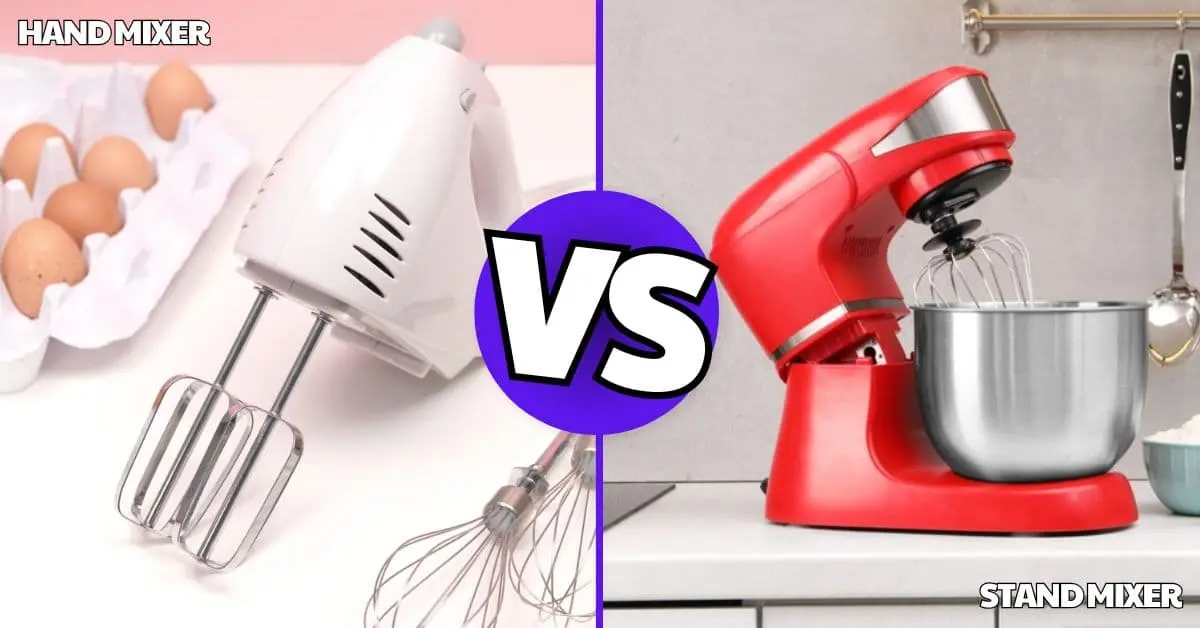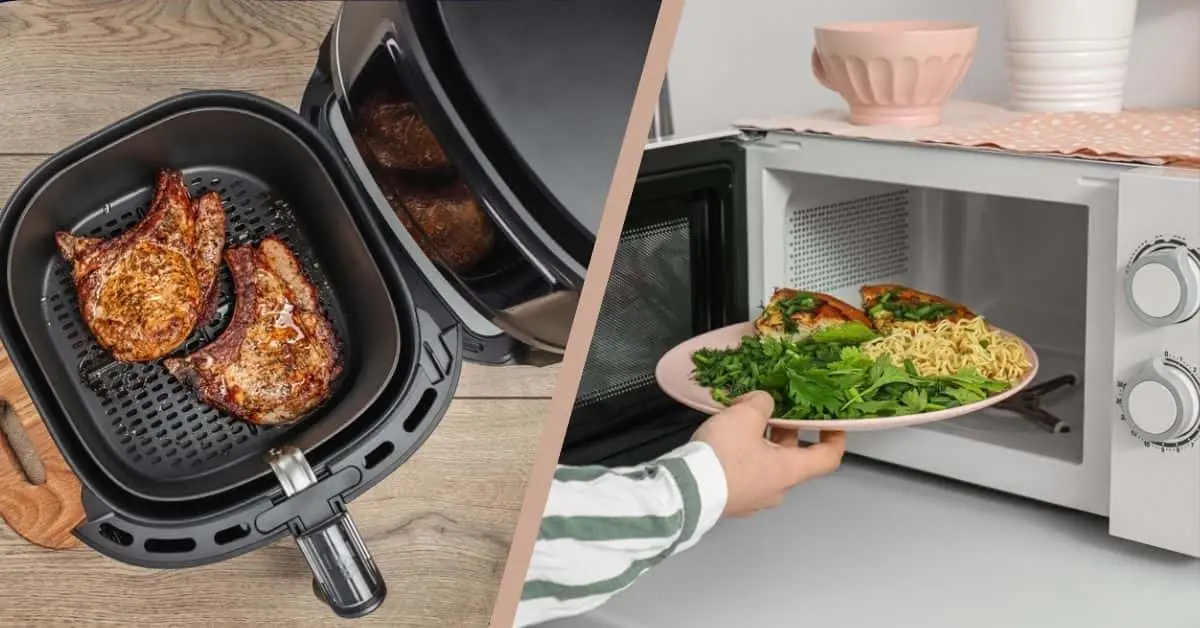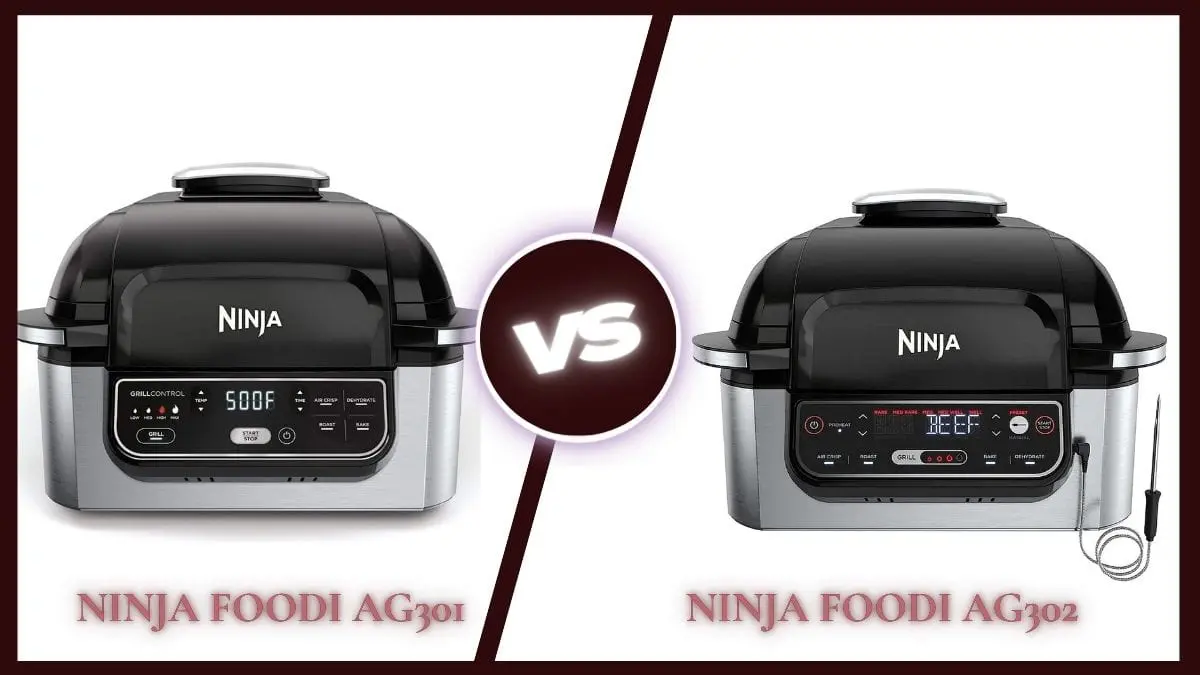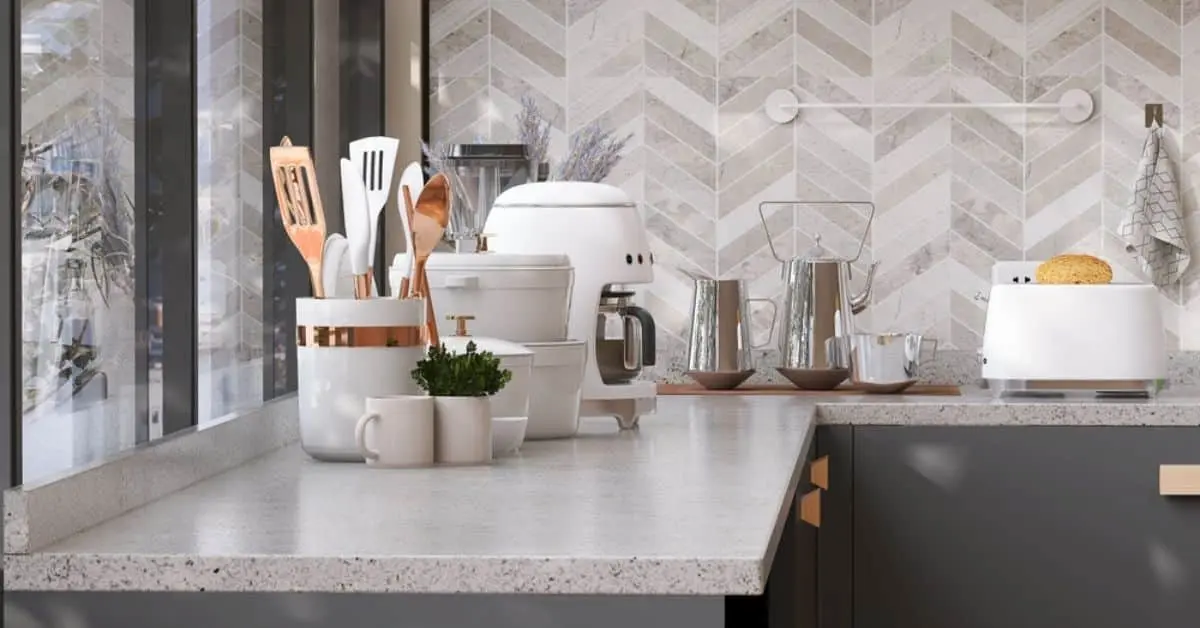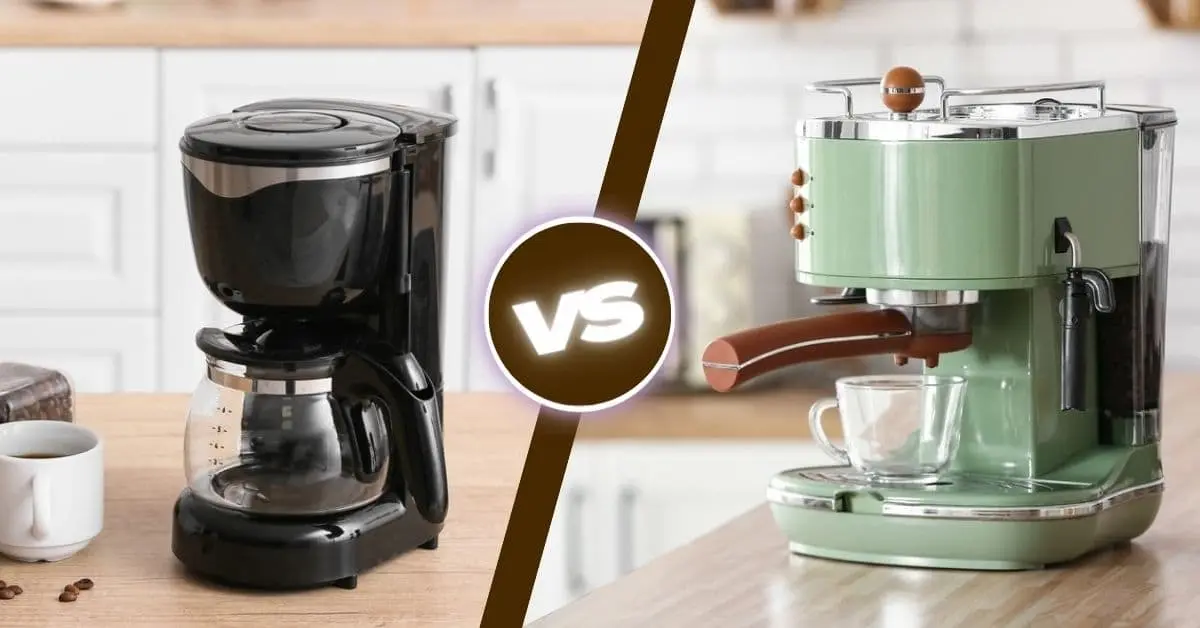Choosing between a hand mixer and a stand mixer might seem simple, but it’s a decision that can shape your cooking and baking experience. If you’ve ever wondered which one suits your kitchen needs better, you’re not alone. Both appliances have their strengths and limitations, and the right choice depends on what, how often, and how seriously you bake or cook.
Maybe you’re someone who just needs to whip up the occasional batch of cookies or mashed potatoes. Or perhaps you’re an aspiring home baker ready to tackle artisan bread and elaborate cake recipes. Either way, understanding the differences between a hand mixer and a stand mixer can save you time, money, and frustration in the long run.
In this guide, we’ll break down everything you need to know to help you make an informed decision. From their key features and common uses to a practical comparison table and pros and cons of each option, we’ll cover it all. By the end, you’ll know exactly which mixer deserves a spot in your kitchen. Let’s dive in!
What Is a Hand Mixer?
A hand mixer is a small, handheld kitchen appliance designed to make mixing, whipping, and beating tasks faster and easier. It typically features two removable beaters attached to a motorized base, which you hold while operating. Hand mixers are compact, lightweight, and versatile, making them ideal for quick tasks and smaller kitchens where countertop space is limited.

Unlike their bulkier cousin, the stand mixer, a hand mixer doesn’t require a dedicated space in your kitchen. You simply plug it in, adjust the speed settings, and get to work holding it over a bowl. Whether you’re preparing whipped cream for a dessert or mixing a light batter, a hand mixer can be your go-to tool for basic kitchen tasks.
Key Features of a Hand Mixer
Most hand mixers come with multiple speed settings, allowing you to control the mixing process for different ingredients. For example, lower speeds are great for gently blending dry ingredients into wet ones without creating a flour cloud, while higher speeds are perfect for whipping cream or egg whites into stiff peaks.
Another useful feature is the variety of attachments some models offer, such as dough hooks for light bread making or whisks for achieving fluffier results when mixing. The attachments are generally easy to remove and clean, making cleanup a breeze compared to more complex appliances.
Modern hand mixers are also designed with ergonomic handles and lightweight bodies to reduce hand fatigue, which can be a game-changer if you’re spending more time in the kitchen during the holidays or for a big baking project.
Common Uses for a Hand Mixer
Hand mixers shine when it comes to lighter, everyday kitchen tasks. They are perfect for whipping cream, beating eggs, and mixing soft batters for things like pancakes or brownies. If you enjoy baking occasionally but don’t need industrial-level power, a hand mixer will serve you well.
For instance, if you’re making a quick batch of cupcakes for a school event, a hand mixer gets the job done efficiently without the need for a bulky setup. It’s also great for creaming butter and sugar for cookies or blending ingredients for mashed potatoes during dinner prep.
That said, hand mixers aren’t built for tackling heavy-duty jobs like kneading dough for bread or mixing dense cookie dough. Trying to push them beyond their intended capabilities can burn out the motor or leave you with under-mixed results.
Pros & Cons of Hand Mixers
Like any appliance, hand mixers have their advantages and limitations. One of their biggest strengths is portability. They can be easily stored in a drawer or cabinet and pulled out whenever needed. This makes them ideal for small kitchens or for cooks who don’t want their counters cluttered with appliances.
Hand mixers are also more budget-friendly than stand mixers, making them an accessible option for beginner bakers or those who don’t bake often. Their lightweight design means less hand strain during use, although extended mixing sessions can still be tiring.
On the downside, hand mixers lack the power to handle tough jobs. They can struggle with thick mixtures, requiring more effort from the user to achieve even results. Additionally, since you need to hold the mixer while operating it, you’re tied to the task until the mixing is done—unlike a stand mixer, which can work independently while you multitask.
What Is a Stand Mixer?
A stand mixer is a powerful and versatile kitchen appliance designed for heavy-duty mixing, kneading, and whipping tasks. Unlike a hand mixer, it sits on your countertop and features a built-in motor, a mixing bowl, and various attachments to handle a wide range of kitchen tasks. Its hands-free operation allows you to focus on other parts of your cooking or baking process while it does the hard work for you.

With its sturdy design and powerful motor, a stand mixer can handle everything from whipping delicate meringues to kneading dense bread dough. If you’re serious about baking or frequently cook for large gatherings, investing in a stand mixer can be a game-changer in your kitchen.
Key Features of a Stand Mixer
Stand mixers come with several key components that make them highly efficient and versatile. The most obvious is the stationary mixing bowl, which locks into place to keep it stable during operation. The mixer head, which houses the motor, tilts up or slides back to allow for easy bowl access.
What truly sets stand mixers apart are their powerful motors and a variety of attachments. Most models come with three basic attachments:
- Flat Beater: Ideal for general mixing tasks, such as blending cake batter or cookie dough.
- Wire Whisk: Perfect for whipping cream or beating egg whites into fluffy peaks.
- Dough Hook: Designed specifically for kneading bread or pizza dough.
Higher-end models may also offer additional attachments like pasta makers, meat grinders, or ice cream churners, turning your stand mixer into a multi-functional kitchen powerhouse.
Many stand mixers come with variable speed controls, allowing you to customize the speed based on the task at hand. Additionally, their durable build ensures they can withstand years of frequent use without compromising performance.
Common Uses for a Stand Mixer
Stand mixers excel at heavy-duty kitchen tasks. They are particularly well-suited for bakers who frequently prepare large batches of bread, cakes, or pastries. Their powerful motor and efficient mixing mechanism ensures that ingredients are thoroughly combined, resulting in consistent and professional-quality results.
If you love making bread, a stand mixer is indispensable. Kneading dough by hand can be a tiring and time-consuming process, but a stand mixer with a dough hook attachment does the job quickly and efficiently. It also takes the guesswork out of determining when the dough is properly kneaded.
Stand mixers are also perfect for making frostings, whipping cream, or blending thick cookie doughs that might strain a hand mixer. And since they operate hands-free, you can multitask—whether that’s measuring other ingredients or simply tidying up the kitchen as the mixer works.
Pros & Cons of Stand Mixers
One of the biggest advantages of a stand mixer is its sheer power and versatility. It can tackle tasks that would be challenging or impossible for a hand mixer, such as kneading dense doughs or whipping large quantities of cream. Its hands-free operation is another major plus, freeing you up to focus on other tasks while it mixes.
Stand mixers are also built to last. Their sturdy construction and powerful motors make them reliable tools that can handle years of heavy use.
However, stand mixers do have their downsides. They are significantly more expensive than hand mixers, which might be a barrier for occasional bakers. Their large size and weight also mean they require dedicated counter space or storage, which can be a challenge in smaller kitchens.
Despite these drawbacks, a stand mixer is often worth the investment for serious home cooks and bakers who want to elevate their culinary creations.
Hand Mixer vs Stand Mixer: Side-by-Side Comparison
To help you visualize the key differences between a hand mixer and a stand mixer, here’s a detailed comparison table:
| Feature | Hand Mixer | Stand Mixer |
| Power & Performance | Lower power (150 to 300 watts); suitable for light tasks | Higher power (300 to 1000+ watts); handles heavy-duty tasks |
| Versatility | Limited to basic mixing, whipping, and light kneading | Wide range of tasks with attachments for pasta, meat grinding, etc. |
| Ease of Use | Requires manual effort; fully guided by the user | Hands-free operation; set and let it work |
| Cleaning | Quick and easy to clean; fewer parts | More parts to clean; slightly more time-consuming |
| Storage | Lightweight and compact; fits in a drawer | Heavy and bulky; requires dedicated countertop or shelf space |
| Price Range | $20 to $100 | $150 to $700+ |
| Best For | Occasional bakers or those with simple mixing needs | Frequent bakers and cooking enthusiasts who handle complex recipes |
| Durability | Moderate; suitable for light use | Highly durable; built to handle tough, continuous tasks |
| Noise Level | Typically noisier due to handheld design | Generally quieter during operation |
| Kitchen Space | Ideal for small kitchens | Better suited for spacious kitchens |
Key Comparisons of Hand Mixer and Stand Mixer
When deciding between a hand mixer and a stand mixer, it’s essential to evaluate several key factors. These factors help determine which appliance will best suit your needs, whether you’re an occasional home baker or a kitchen enthusiast who loves making gourmet creations. Let’s break down the most important comparison points to help you make an informed decision.

Power and Performance
One of the primary differences between hand mixers and stand mixers lies in their power and performance capabilities.
Hand Mixer:
Hand mixers typically have lower wattage motors, ranging from 150 to 300 watts. This makes them ideal for lighter tasks such as whipping cream, beating eggs, or mixing cake batter. While they are capable of handling most basic mixing tasks, hand mixers may struggle with heavier doughs like bread or pizza dough. Overworking the motor can cause overheating, reducing its lifespan.
Stand Mixer:
Stand mixers are built for heavy-duty tasks and come equipped with powerful motors, often ranging from 300 to 1000 watts or more. This makes them perfect for tackling dense doughs, thick batters, and large batches of ingredients. Their stable design allows for continuous mixing without manual effort. Stand mixers deliver superior performance, ensuring consistent results even with challenging recipes.
Verdict: If you’re focused on occasional, simple tasks, a hand mixer is sufficient. However, for frequent baking or working with thick mixtures, the superior power of a stand mixer is unmatched.
Versatility and Attachments
Both appliances can perform a variety of kitchen tasks, but their versatility largely depends on available attachments.
Hand Mixer:
Most hand mixers come with basic beaters and sometimes dough hooks or whisks. These limited attachments make them suitable for straightforward tasks like mixing, whipping, and light kneading. However, they don’t offer much beyond these basic functions.
Stand Mixer:
Stand mixers are far more versatile due to the wide range of attachments available. In addition to standard beaters, wire whisks, and dough hooks, many models allow you to attach accessories such as pasta rollers, meat grinders, ice cream makers, and spiralizers. This turns the stand mixer into a multi-functional kitchen tool.
Verdict: If versatility is a priority and you want an appliance that can handle various culinary tasks, the stand mixer is the better choice.
Ease of Use and Cleaning
Convenience in setup, operation, and cleaning is another essential consideration.
Hand Mixer:
Hand mixers are lightweight, portable, and easy to set up. They require minimal effort to clean, as most models only have detachable beaters and a compact motor housing to wipe down. However, since you must manually guide the mixer through ingredients, it requires your full attention during use.
Stand Mixer:
Stand mixers are more hands-off, allowing you to multitask while the mixer does its job. However, they are heavier and bulkier, which can make setup slightly cumbersome. Cleaning can be more involved due to multiple parts, including the mixing bowl, attachments, and the mixer body itself.
Verdict: Hand mixers win for simplicity and easy cleaning, while stand mixers offer hands-free convenience but require a bit more maintenance.
Storage and Space Requirements
Kitchen space is always a valuable commodity, especially in smaller kitchens.
Hand Mixer:
Hand mixers are compact and lightweight, making them easy to store in a drawer or cabinet. Their small size makes them ideal for kitchens with limited counter or storage space.
Stand Mixer:
Stand mixers are significantly larger and heavier. They often require dedicated counter space or a strong cabinet shelf for storage. Their bulky nature makes them less practical for small kitchens unless you use them frequently and can justify the countertop real estate.
Verdict: For small kitchens or occasional use, a hand mixer is more practical. If you have a spacious kitchen and bake often, a stand mixer is worth the space investment.
Price Comparison
Budget is a crucial factor when choosing between a hand mixer and a stand mixer.
Hand Mixer:
Hand mixers are much more affordable, with prices typically ranging from $20 to $100, depending on the brand and features. They are a cost-effective option for home cooks who only need basic mixing capabilities.
Stand Mixer:
Stand mixers are a more significant investment, with prices ranging from $150 for entry-level models to over $700 for professional-grade versions with advanced features. While they are expensive, their durability, power, and versatility often justify the cost for avid bakers and cooking enthusiasts.
Verdict: If you’re on a tight budget or have minimal mixing needs, a hand mixer is the better choice. However, if you see baking or cooking as a long-term passion, a stand mixer is worth the investment.
Which One Is Right for You?
Choosing between a hand mixer and a stand mixer comes down to your cooking style, kitchen space, and budget. Let’s break down which option might be the best fit for different types of home cooks:
If You’re an Occasional Baker or Cook
If you only bake occasionally or mostly prepare simple recipes like cookies, whipped cream, or pancake batter, a hand mixer may be all you need. Its compact size, ease of use, and affordability make it ideal for light kitchen tasks. Plus, it’s great if storage space is limited, as it can easily fit into a drawer or small cabinet.
If You Love Experimenting in the Kitchen
For those who enjoy baking bread, cakes, and other labor-intensive recipes, a stand mixer is the better investment. Its powerful motor and hands-free operation make tasks like kneading dough and whipping large batches of ingredients effortless. If you love experimenting with various attachments, such as pasta rollers or meat grinders, a stand mixer becomes a versatile kitchen workhorse.
Consider Your Kitchen Space
Space can be a deciding factor. A hand mixer is perfect for small kitchens due to its lightweight, compact design. On the other hand, a stand mixer requires more room and is better suited for those who have ample counter space or dedicated kitchen storage.
Budget Matters
If you’re looking for a budget-friendly option, a hand mixer is significantly cheaper. It’s a practical choice if you only bake occasionally or need a tool for basic mixing tasks. However, if you’re ready to make a long-term investment in your kitchen, a stand mixer is worth the higher price tag for its durability and versatility.
How Often Do You Bake?
Frequent bakers will appreciate the time and effort saved by using a stand mixer, especially for complex recipes that require heavy mixing. In contrast, if you only need to whip cream for a dessert or mix a small batch of dough occasionally, a hand mixer will do the job perfectly.
Frequently Asked Questions (FAQs)
Can a Hand Mixer Replace a Stand Mixer?
A hand mixer can replace a stand mixer for light tasks like mixing batter, whipping cream, and beating eggs. However, it may struggle with heavy-duty tasks such as kneading dough or mixing dense ingredients. If your baking needs are simple, a hand mixer will suffice. For more advanced recipes, a stand mixer is better suited.
What Are the Main Advantages of a Stand Mixer?
A stand mixer offers hands-free operation, powerful performance, and versatility through various attachments. It excels at handling tough tasks like kneading bread dough, whipping large batches of cream, and grinding meat when paired with the right accessories.
Is a Hand Mixer Easier to Clean than a Stand Mixer?
Yes, a hand mixer is generally easier to clean because it has fewer components—typically just the beaters or whisk attachments. Stand mixers have more parts, including the bowl and additional attachments, which require a bit more effort to clean.
Can I Use a Hand Mixer for Bread Dough?
Technically, you can use a hand mixer for light bread doughs, but it may not handle the task well due to limited power. Hand mixers are not designed for heavy-duty mixing and can overheat. A stand mixer is a better option for kneading bread dough efficiently and safely.
Do Stand Mixers Take Up a Lot of Space?
Yes, stand mixers are bulkier and require dedicated counter space or storage space. If your kitchen has limited space, a hand mixer may be a more practical choice.
How Much Should I Spend on a Hand Mixer or Stand Mixer?
Hand mixers are more budget-friendly, typically costing between $20 to $100. Stand mixers, on the other hand, can range from $150 to $700 or more depending on brand, power, and features. Consider your usage needs and budget before making a decision.
You May Also Like: Must-Have Appliances for a Kitchen
Final Verdict
When it comes to the debate between a hand mixer and a stand mixer, the right choice ultimately depends on your cooking habits, kitchen space, and budget.
A hand mixer is perfect if you’re a casual cook or baker who needs a lightweight, affordable tool for simple tasks like whipping cream, mixing pancake batter, or beating eggs. Its compact size and easy cleanup make it ideal for small kitchens or occasional use.
On the other hand, a stand mixer is a game-changer for those who bake frequently or enjoy tackling complex recipes. Its powerful motor, hands-free operation, and versatility with attachments make it a long-term investment for serious home chefs. If you’re into baking bread, creating elaborate cakes, or experimenting with pasta and meat grinding, a stand mixer is your best bet.
So, Which One Should You Get?
- If you’re looking for convenience, affordability, and portability, go for a hand mixer.
- If you value power, versatility, and efficiency, a stand mixer is worth the investment.
In the end, both appliances can elevate your cooking and baking experience. By understanding your needs and kitchen goals, you’ll be well-equipped to make the right decision and enjoy delicious results every time.

